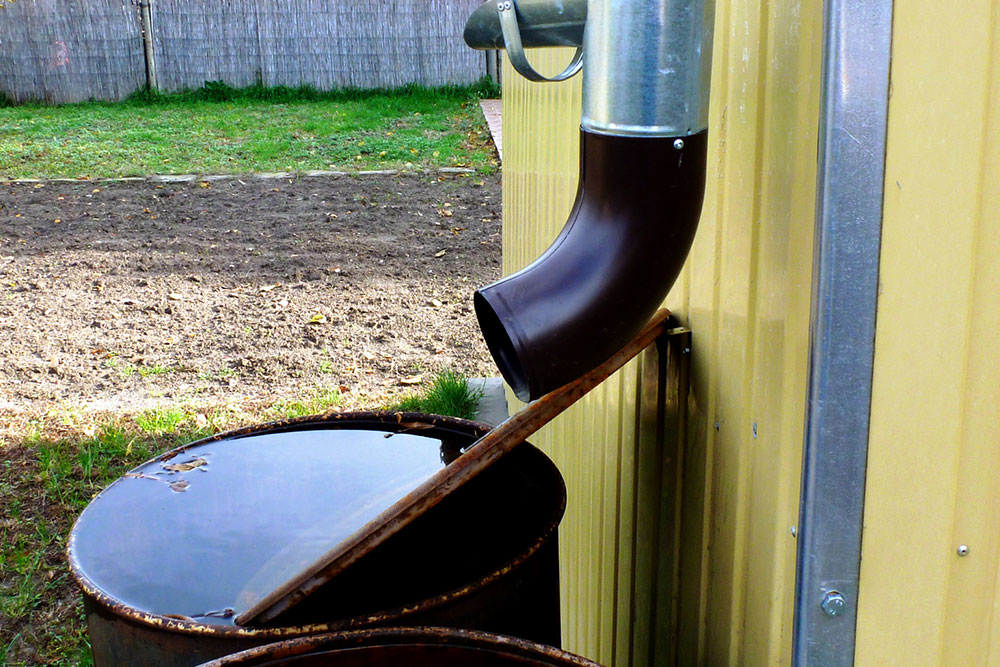5 mistakes to avoid to prevent water shortage

Water shortage is a growing problem worldwide that needs immediate attention. Factors like climate change, overuse of water, and unsustainable agricultural practices are some causes of imminent water scarcity. So, we must be mindful of how we use water to prevent its wastage and conserve water. There are several ways in which one can contribute to this cause; thus, here are some of the mistakes to avoid to prevent water shortage or scarcity.
Fix leaks in the house
Statistics state that a regular leak in a household can account for 10,000 gallons of water being wasted every year. Some of the most common types of leaks found at home are worn toilet flappers and dripping faucets. Some measures that can be taken to check the leaks in the house are given below:
It is advised to monitor water usage during the winter months, like January or February. If a family of four consistently uses more than 12,000 gallons of water per month, then there is definitely a leak somewhere in the water system that needs to be fixed.
Another trick is to check the water meter before and after a 2-hour gap period when the water was last used. If there is any change in the usage meter, it clearly indicates that there is a leak somewhere in the water pipeline.
One more experiment to try is to put a couple of drops of food coloring in the toilet tank and wait for 10 minutes to see if there is any staining in the bowl. This is an effective experiment to find any toilet leaks. Be sure to flush the toilet immediately to avoid staining the bowl.
Check the faucets and pipes for leaks that can easily be spotted on the surface. Be sure to always turn the tap off properly after use, or note that the pipes have not cracked or burst, leading to a leak somewhere within the walls. The latter will also be visible over time as the wall will become damp and moldy.
Rainwater harvesting
This is a fairly easy way to help prevent water loss and collect more drinkable water right at home. With the help of rainwater harvesting techniques, you can easily catch and store rainwater and use it for your household purposes. You can set up a drainage system on the roof and use the pipes to collect rainwater at home or choose rain barrels that are easy to move around. This is a great water conservation method for individual homes, but it can also be used in big buildings if the required system and process are in place.
Water-efficient bathroom accessories
Using the right kind of accessories in the bathroom can help save a lot of water daily. Innovative solutions like water-efficient bathroom accessories give you the required water but have small adjustments that ensure the usage is not unusual. Here are some ideas for water-efficient bathroom accessories.
Pressure-reducing valves are a great choice for residential usage, where the pressure of 35 psi is more than enough to get the job done.
High-efficiency toilets help reduce water wastage. These new toilets use gravity and air pressure to remove waste and reduce the amount of water used.
Water-saving faucets work like low-flow showerheads that cut down on the amount of water that flows through the faucet. It does the job and also keeps the water usage to just the right amount.
Recirculating hot water systems send hot water directly to the tap or the faucet instead of first letting the cold water go down the drain. This can save several liters of water while standing to start your shower routine. This system is common in some hotels but can also be applied to residential buildings.
Shorten your shower
This is one of the easiest ways to contribute to the prevention of water shortage. One must simply take shorter showers daily to save the water going down the drain! According to some statistics, if you cut down your shower time by half – let’s say 4 minutes from 8 minutes- you can save 36L of water in just one go. Not only are you saving water, you are also saving water bills. Some cultures also use buckets and mugs to bathe, which can be explored if one is comfortable with the idea.
Water recycling
This is an integral part of the water prevention process. It is a useful technique, especially in agriculture, industrial processes, municipal water supply, and environmental restoration. At residential buildings, smaller recycling projects can be implemented, like using water from the kitchen sink in the toilet for flushing. Regarding large-scale implementations, wastewater needs to be regularly treated to provide potable water. This can then be pumped into depleted aquifers.
Water conservation should be an active part of everyday habits as the issue affects the population around the world. Technologies that help in desalination of water also exist, which can make saltwater drinkable after rigorous processing.